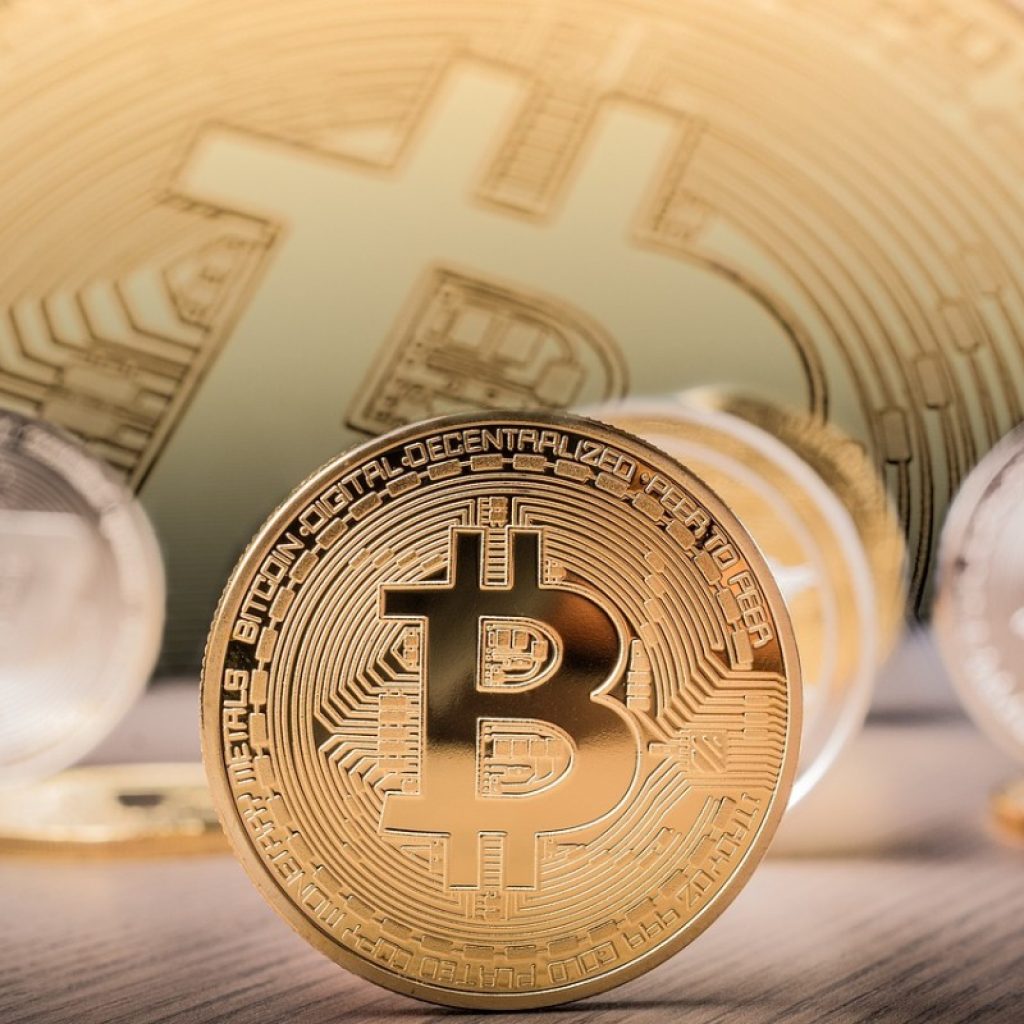In the captivating world of currency markets, the USD is currently strengthening its position against the euro, setting the stage for interesting shifts in monetary policies globally.
The recent rise in the USD’s value is largely attributable to favorable economic data that paints a more promising picture of the US economy as compared to its European counterpart.
Central banks responding to market dynamics
The economic indicators drawing a majority of the trader’s attention are those related to business activity and input costs.
The latest data reveals that although business activity in the US experienced a slowdown in July, hitting a five-month low, it is still performing considerably better than its European counterparts. A crucial contributing factor to this scenario is the slow pace of growth in the service sector.
Furthermore, falling input prices and a slowdown in hiring point towards potential progress by the Federal Reserve (the Fed) in managing inflation.
These developments have not only strengthened the USD but also resulted in subdued optimism for the US economy. As Adam Button, a top currency analyst, puts it, the US economy stands out amidst a range of mediocre performers.
USD versus other key currencies
The ripple effects of the USD’s current position are felt across major currencies worldwide. The euro depreciated by 0.49%, trading at $1.1069. The sterling, too, mirrored this trend, falling by 0.25% and closing at $1.2823.
This marks the commencement of a week teeming with central bank meetings and heightened expectations of rate hikes both in Europe and the US.
Interestingly, the Japanese yen defied the overall trend and appreciated against the USD by 0.24%, with each USD buying 141.47 yen.
The stage is set for a series of central bank meetings, with the Fed meeting concluding on Wednesday, followed by the European Central Bank (ECB) on Thursday and the Bank of Japan (BOJ) on Friday.
The market anticipates both the Fed and the ECB to increase rates by 25 basis points. However, the main point of focus will be the signals they convey for their September meetings.
A glimpse into the future of central bank policies
Given the softening inflation measures, the Fed might have the breathing space to suggest a pause in future rate hikes. Market analysts speculate that the Fed may not increase rates in its subsequent September meeting following this week’s hike.
However, due to the stronger state of the US economy, the euro is shouldering the USD’s robust strength.
The BOJ meeting is seen as the most unpredictable of the three central bank meetings. Traders are bracing for potential surprises, specifically a modification to its yield curve control policy.
The Japanese currency plunged to its lowest level against the USD following reports that the BOJ may maintain its current policy, injecting further uncertainty in the markets.
The currency markets’ vicissitudes extend to the realm of cryptocurrencies too, with bitcoin and Ethereum declining by 2.72% and 2.45% respectively.
As the USD fortifies its position, all eyes are now on the central banks. Their policy responses will undeniably shape the trajectory of the global currency markets, influencing both traditional and digital currencies.
Time will reveal how the central banks’ strategies play out in a marketplace marked by uncertainty and dynamic change.





